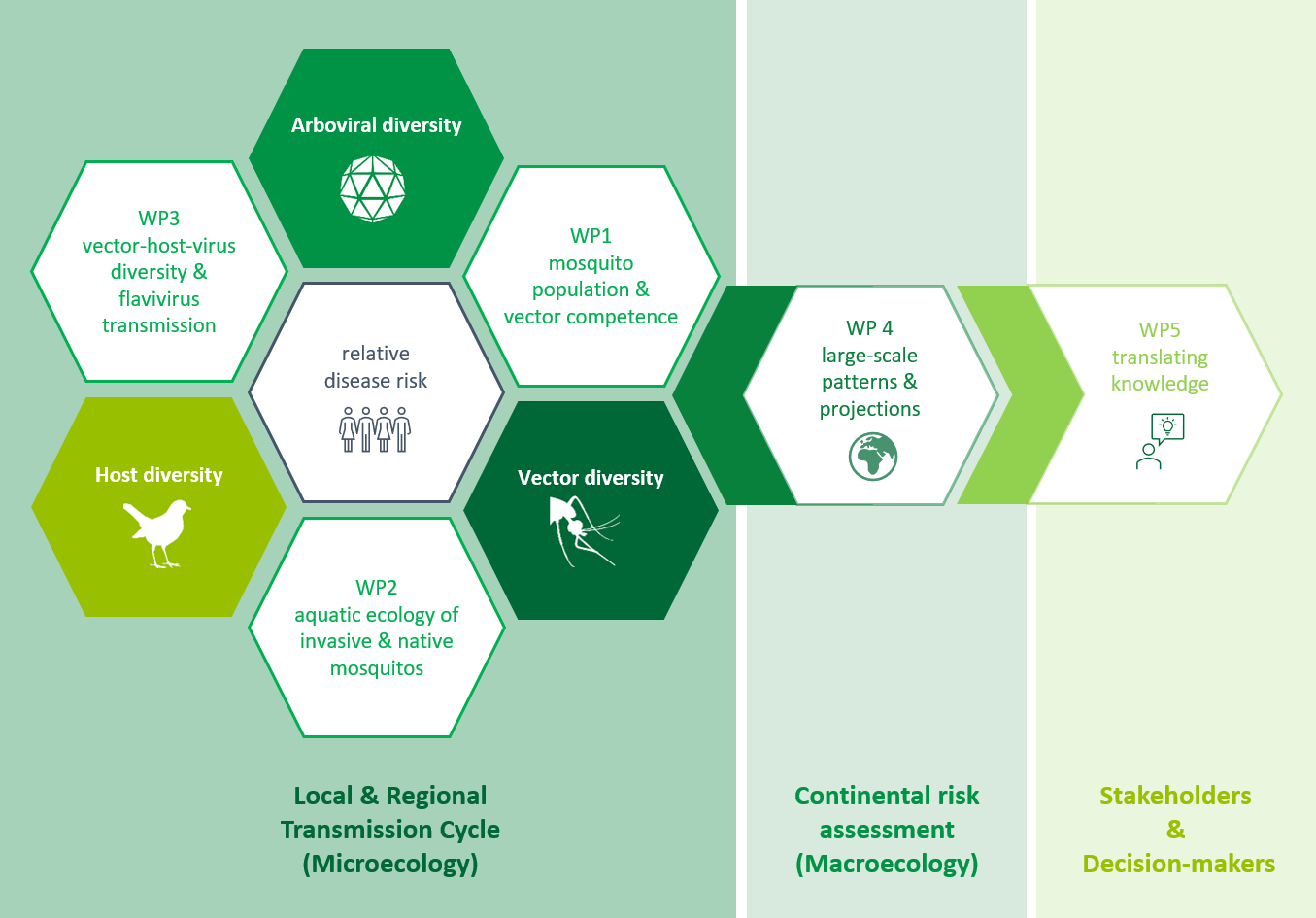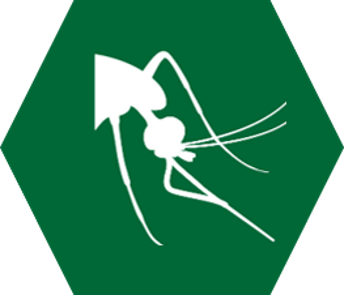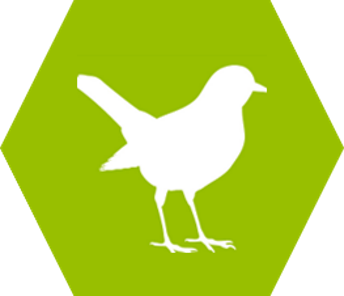DiMoC work packages
The project consists of a total of five different work packages, which adress different facets of biodiversity and disease risk assessment. The flowshart below represents the different project components.

|
A: Local & Regional Transmission Cycle Microecology WP1 - WP3 |
|
 |
Native mosquitos(Culex pipiens), tiger mosquitos (Aedes albopictus) and Asian bush mosquitos (Aedes japonicus) will be captured at selected sites in Belgium, Germany and Italy. They will be studied to understand the effects of local microhabitat diversity on the interspecific interactions which affect the diversity and abundance of the native and invasive mosquitoes. |
 |
Salivation assays of mosquitoes will be used to determine the differences in the vector competence for West Nile, chikungunya and Japanese encephalitis viruses. Using molecular methods, vertebrate blood-meals in mosquitoes will be used to identify the differences in host assemblages within and between studied sites. |
|
|
The impact of host, vector, and virus diversity along a gradient of human-presence and land use (urban, rural natural) on West Nile Virus transmission risk will be assessed : mosquito captures (from Mexico, France and Germany) will be used to determine mosquito abundance, richness and diversity. Computer simulations compare different future scenarios, taking into account the identified impact of biodiversity on chains of infection, landscape diversity and prevailing socio-economic conditions. |
B: Continental Scale Risk AssessmentWP4 Large scale patterns and projections |
|
 |
Ongoing consultation swith authorities, institutions and associations which are competent for the management of mosquito-borne diseases in Belgium, France, Germany and Mexico, to assess the relative disease risks in local to continental settings. |
C: Stakeholders and Decision MakingWP5 Translating knowledge |
|
 |
A guidebook and policy briefs will be produced, translating project results into practice-oriented conclusions for the management of both biodiversity and mosquito-borne disease risk mitigation. |

